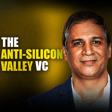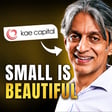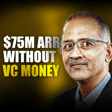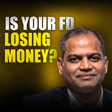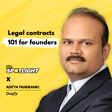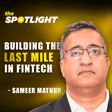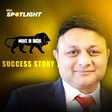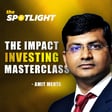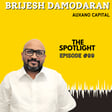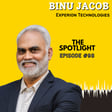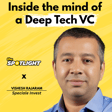
What VCs Get Wrong About Consumer Startups: Piyush Goenka, Prath Ventures
How did Piyush Goenka turn two decades of private equity investing into the launch of Prath Ventures, one of India’s most disciplined early stage consumer funds? In this episode of the Founder Thesis Podcast, we dive deep into his journey of building consumer brands, backing founders with grit, and blending PE rigor with VC vision.
From his early days at First Global and Tano Capital to boardroom successes like Safari Industries and Jimmy’s Cocktail Mixers, Piyush shares how Prath Ventures is positioning itself as the go-to fund for India’s rising consumer economy. He explains why frugality, category passion, and capital efficiency matter more than vanity GMV, and why the next decade belongs to entrepreneurs who understand India’s discretionary consumption boom. Hosted by Akshay Datt, this candid conversation captures contrarian insights on how to scale consumer brands in an evolving market.
- How Piyush Goenka built Prath Ventures into a consumer-first VC fund
- Lessons from Safari Industries’ 100x journey in Indian luggage
- Why consumer brands need PE-style rigor in a VC world
- Insights into India’s discretionary spending and Gen Z consumption trends
- The future of consumer startups amidst funding winter and IPO boom
- What it takes to build a career in private equity and venture capital
Subscribe to the Founder Thesis Podcast
Follow us on LinkedIn (podm.in/ad) for exclusive content
Visit founderthesis.com for more founder stories
00:00 - Piyush Goenka’s journey to Prath Ventures
05:15 - From PE to VC, what changed
13:40 - Safari Industries 100x consumer growth story
22:55 - PE vs VC investing in India explained
31:30 - Why consumer startups must focus on frugality
40:20 - India’s discretionary consumption boom and Gen Z trends
48:45 - Building Assembly and Jimmy’s into breakout brands
57:30 - Career advice for aspiring VC and PE professionals
#PiyushGoenka #PrathVentures #FounderThesis #ConsumerStartupsIndia #VCfundingIndia #PrivateEquityIndia #SafariIndustries #JimmysCocktailMixers #HustleEnergyDrink #AssemblyLuggage #ConsumerVCIndia #CapitalEfficiencyStartups #IndianConsumptionGrowth #EarlyStageVCIndia #ConsumerBrandsFunding #FiresideVentures #SixthSenseVentures #IndiaIPO #FundingWinterIndia #VCcareersIndia

